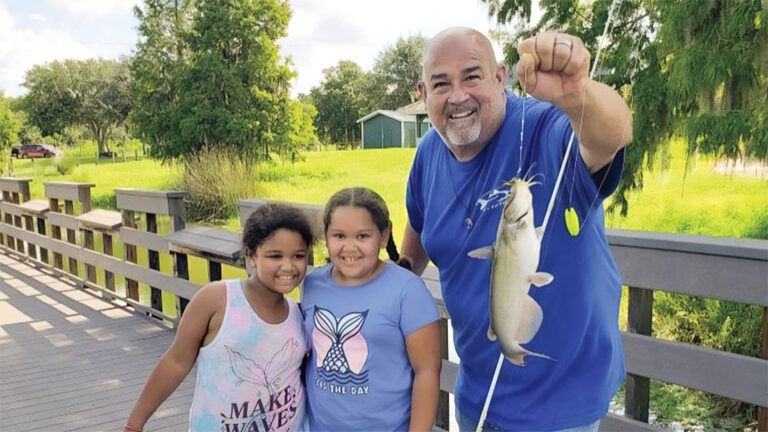This interview is part of our What Our Faith Calls Us To series.
America has embarked on a national reckoning over racial justice. What role should churches play?
Guideposts posed that question to several pastors around the country. While these ministers may lead churches of very different sizes and ethnic makeup they all agreed on one point: Followers of Jesus are required—no exceptions—to embrace people from all backgrounds.
“I go to (the biblical book of) Revelation and we see this picture in heaven of every tribe, nation, language and tongue,” says Chuck Mingo, a pastor at Crossroads Church in Cincinnati, Ohio. “This is our gospel. This is how our church is supposed to express itself.”
Martin Luther King, Jr. once called Sunday mornings “the most segregated hour in America.” Fifty years later, that observation remains true. A 2014 Pew Research Center study found that the majority of Christian denominations are still overwhelmingly mono-racial.
Close to 90 percent of Presbyterians, Methodists and Lutherans are white, as are 85 percent of Southern Baptists, according to the study. The most diverse religion in America is Islam, whose adherents are a roughly even mix of white, Black and Asian. Seventh Day Adventists (37 percent white, 32 percent Black, 15 percent Latino) are among the only Christian denominations approaching such numbers.
The United States as a whole is 60 percent white, 18 percent Hispanic, 13 percent Black and six percent Asian. The Census Bureau estimates a majority of Americans will be non-white by the middle of this century.
How should churches respond? Five pastors weighed in on their top recommendations for guiding congregations toward full inclusion of all people.
1. Reach out. Church leaders should form their own personal relationships with people of different backgrounds. This might require reaching out to pastors or members of other churches. Leaders cannot guide a congregation toward inclusivity if they are not inclusive in their own lives.
2. Learn. Read about the history of racial injustice in the United States and learn how Christians have both helped and hindered the cause of equality. A good place to start: Christianity Today magazine’s resource page on racial justice.
3. Connect. Talk to friends, colleagues and church members about how race has affected their lives. Form racially inclusive small groups—partnering with another church if necessary—to foster such discussions. The Undivided program at Crossroads Church in Cincinnati helps churches form groups that are constructive, supportive and rooted in Scripture. More information here.
4. Act. Commit to making your church a place that promotes justice and inclusivity in your community.
5. Be open to change. People have a deep emotional connection to their church and can be reluctant to change worship styles or embrace new members with different priorities. Remember that Jesus commanded his followers to “make disciples of all nations.” It is impossible to fulfill that commandment in a church where everyone looks, thinks and acts alike.
Pastors interviewed include: Chuck Mingo of Crossroads Church in Cincinnati, Ohio; Derrick Shields of Christ Community Church in Columbus, Georgia; Kevin Haah of New City Church in Los Angeles, California; Jack Peebles of First Presbyterian Church in Orlando, Florida; and John Alarid of Freedom City Church in Springfield, Missouri.




